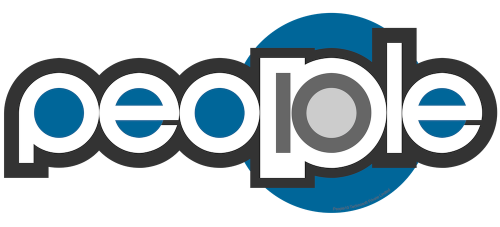User engagement metrics help in understanding the value users find in engaging with an app. If there is enough value in an app for a user to spend time on it, creators of the app should try to monetize that. They should use the right user engagement metrics to improve an app’s utility and profitability.
The user acquisition metric is a key KPI that is a witness to your product’s success and overall brand success. If the number of acquisitions is less compared to your forecast values and business profitability, then you should question whether your team is building the right product. If you are not addressing the actual customer requirement through your product, then the ‘most likely’ case is you won’t be attracting any new users. So, you need to dig deep and ensure that you launch a product in the market that delivers.
Post-acquisition, you need to ensure that you meet the expectations of your newly acquired user base. The most important indicator to know whether your product is serving the purpose of the end-users is ‘engagement’. This metric helps you realize ‘How well you engage your customers after you acquire them?’ Suppose many users sign-up for your product, but once done, no one logs into your system, in such a scenario the most probable reason is that your product fails to meet customer expectations. This should ring the bell that it’s high time you start interacting with your customers to confirm that your product is effectively helping them in getting jobs done.

Metric #1: DAU, WAU, and MAU
DAU (Daily Active Users), WAU (Weekly Active Users), and MAU (Monthly Active Users) represent the unique number of ‘active’ users in a stipulated period. The ‘Daily Active Users’ measures the active users who use your product within a single day while the ‘Monthly Active Users’ count the users over a rolling window of 30 days. These user engagement metrics are the most fundamental and have been implemented by several websites over the past several years.
Metric #2: Stickiness – The DAU/MAU Ratio
The DAU/MAU ratio is used to measure your product’s stickiness, which indicates how frequently people engage with your product. If the ratio is 50 percent, it means your app users are using it for 15 days in a month on an average.
You can measure ‘Website stickiness’ in terms of average minutes visitors spend at a portal or network each month. Occasionally, ‘stickiness’ can be measured by tracking the page views.
When site stickiness measurement is in terms of repeat usage, it is defined as minutes per month. When stickiness is measured in terms of time spent by users per visit it is defined as session stickiness.
Metric #3: D1, D7, D30 User Retention
How do you define user retention? The best way to explain it is by keeping track of how many apps we open usually, let’s say we mostly open music apps, food delivery apps, cab aggregator apps to cater to our daily requirements.
D1 Retention
This metric measures the total unique users who revisit your app on the following day after installing or opening the app.
D1% = Number of users who opened the app on D1/ Number of users who opened on day 0
D7 Retention
This metric measures the total unique users who revisit your app a week (7 days) after installing or opening the app.
D7% = Number of users who opened your app on D7/ Number of users who opened your app on D0.
In tools such as Mixpanel, KISSmetrics, these metrics are represented in tabular format. But the most effective way to model data is through the Retention Curve.
D30 Retention
This metric measures the total unique users who revisit your app after a month (30 days) after installing or opening the app.
D7 is a day metric. Here, only those users are counted who logged in to your app on a certain day after signing up on the first day. While D1 and D7 are worth to track as almost 70% of the apps become dormant or are uninstalled during the initial 7-day window. However, any alteration in the D30 ratio may not correctly reflect your app’s performance. Also, compared to overall retention, it’s quite crucial to focus on channel-specific retention. Depending on whether your app falls in the daily, weekly, or monthly use case category, the retention metric you’re seeking would vary.
Metric #4: W1 User Retention
Many new users back out within a short period after signing up. Websites and web apps usually lose 60-80% and mobile loses 70-80% of new users in the first week following signup. According to Brian Balfour from HubSpot, ‘W1 retention or 7-day retention has one of the biggest impacts on your retention over time because improvements that you make in week 1 retention carry through the entire retention curve.’
Refining this metric basically involves decoding how fast you can provide new users with the unique experience of the product’s core value during the critical first week. So the more new users get a hang of it in the initial week, the higher will be user retention and engagement.
Metric #5: Tripwire Metrics
Most users tend to shy away from certain products if they don’t derive value quickly. The idea should be to track such users and reach out to them and engage them. Tripwire metrics can be used to spot users who are not engaging well, and you can make attempts to engage them within the crucial seven days.
You can offer personalized help to such users which may result in those users getting more engaged. The Tripwire metric is also referred to as “the red flag metric”, as it gives a red signal that your customers are facing issues with your app or product.
Email template that can be used to reach out to such users:
Hi Alex,
I received an alert that you are facing some trouble setting up ______.
If so, I would love to help. Please reply to this mail and let me know.
Thanks,
Marie
Conclusion
Optimization and measurement of accurate engagement metrics is the best way to track and attain users. If you want to know more about how to measure user engagement in your app or website or how to make it better based on the results, please get in touch with us at info@people10.com




